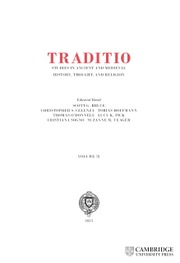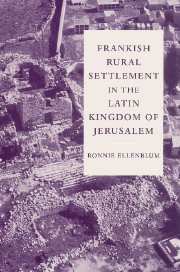Crusader Castles and Modern Histories
For the last 150 years the historiography of the Crusades has been dominated by nationalist and colonialist discourses in Europe and the Levant. These modern histories have interpreted the Crusades in terms of dichotomous camps, Frankish and Muslim. In this revisionist study, Ronnie Ellenblum presents an interpretation of Crusader historiography that instead defines military and architectural relations between the Franks, local Christians, Muslims and Turks in terms of continuous dialogue and mutual influence. Through close analysis of siege tactics, defensive strategies and the structure and distribution of Crusader castles, Ellenblum relates patterns of crusader settlement to their environment and demonstrates the influence of opposing cultures on tactics and fortifications. He argues that fortifications were often built according to economic and geographic considerations rather than for strategic reasons or to protect illusory 'frontiers', and that Crusader castles are the most evident expression of a cultural dialogue between east and west.
- Includes a review of the historiography of the Crusades
- Based upon both Latin and Arabic sources
Reviews & endorsements
"This is a highly important study...I earnestly recommend this book for its splendid survey of the historiography, its provocative questioning of accepted 'truths' about Frankish fortresses and its incisive and convincing re-interpretation of the history of the crusader castle in the twelve century."
Jonathan Phillips, The Journal of Military History
"While his archaeological arguments could stand alone, Ellenblum's presentation of them together with the historiography was a risk worth taking. His academic prose is difficult, but readers will be rewarded, and in the process, simplisitic views of the Crusades will be banished."
-Alexander H. Joffe, Middle East Quarterly
"In this thought-provoking study, Ronnie Ellenblum sets out to challenge current approaches to the study of Crusader castles, which he sees as hamstrung by out-dated nationalist and colonialist ways of thinking. He argues that their architectural development should be understood more in terms of a continuing military dialogue between East and West than of architectural borrowings, and that their geographical distribution may be better explained in terms of Frankish settlement than of a desire to defend frontiers."
-Denys Pringle, H-France
"A short review like this cannot do justice to the depth of this book, which picks up in masterly fashion where his last book left off. Ellenblum's arguments put forward in the "crusader castles" portion of the book will have to be engaged by all historians of the Latin East. He has given us a new way to approach not just the building of crusader fortifications but the complex dynamics that cause them to be built in the first place."
Thomas F. Madden, Speculum- A Journal of Medieval Studies
Product details
January 2007Hardback
9780521860833
376 pages
234 × 160 × 26 mm
0.74kg
Available
Table of Contents
- Part I. National Discourse and the Study of the Crusades:
- 1. From moral failure to a source of pride
- 2. The narrative of the Crusades and the nationalist discourse
- 3. Nationalist discourse and Crusader archaeology
- Part II. Crusader Studies Between Colonialist and Post-Colonialist Discourse:
- 4. Colonial and anti-colonial interpretations
- 5. Who invented the concentric castles?
- 6. 'Crusader cities,' 'Muslim cities,' and the post-Colonial debate
- 7. Crusader castle and Crusader city: is it possible to differentiate between the two?
- Part III. Geography of Fear and the Spatial Distribution of Frankish Castles:
- 8. Borders and their defence
- 9. Borders, frontiers, and centres
- 10. The geography of fear and the creation of the Frankish Frontier
- 11. The distribution of Frankish Castles during the twelfth century
- Part IV. The Castle as Dialogue between Siege Tactics and Defence Strategy:
- 12. Siege and defence of castles during the First Crusade
- 13. Frankish siege tactics
- 14. Development of Muslim siege tactics
- 15. Sieges of the 1160s and 1170s and the appearance of the concentric castles
- 16. The construction of a frontier castle: the case of Vadum Iacob
- 17. The last years of the Latin kingdom: a new balance of power
- Conclusion.

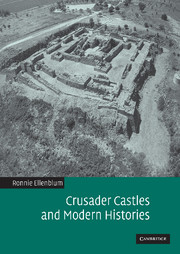
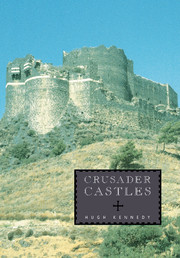
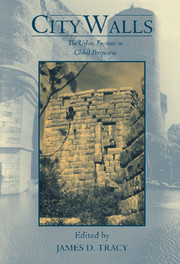

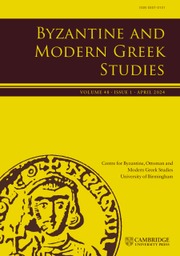

.jpg)
